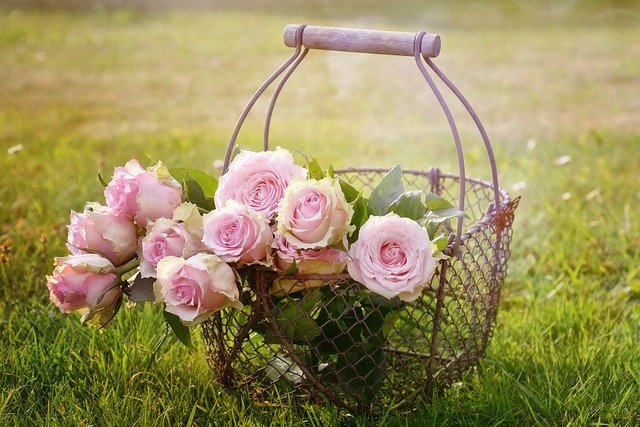
Always Examine Your Plants before Purchasing Them
To prevent the disease from getting into your garden, it is easiest to simply avoid introducing plants with a disease. Most people will want to avoid planting anything that has a disease on it. It’s important to know how a healthy plant looks, because if you don’t, you may inadvertently add that is sick.
By reading catalogs, magazines, and books on this topic, you can easily identify healthy specimens quite quickly. You should never obtain plants that have any type of insects, rotted stems, or dead spots on them. If you are looking for a quality gardening company I would recommend that you see Pristine Gardens.
You should always check the very top of every plant that you purchase, as well as look at the roots. This is something that the average person does not do. To evaluate your plants, use your hand and placed the stem of the plant between your fingers. With your hand placed firmly on the top of the heart, flip it over in order to shake the plant loose. Most people will tap on the edge of the pot to loosen the roots. If it is healthy, the roots will tend to be very firm, and often white, spaced evenly on the root ball. If they are mushy or dark, this is something you will want to avoid. If your plant does appear healthy at the top, it is still possible for the rotted root system to eventually kill the plant.
Using Fully Composted Yard Waste
If you have a compost pile, many of the materials will decompose at various rates. There are some materials that will be suitable for your garden, whereas the decomposition of other materials will still need some time. Composting will create significantly high temperatures, and during this period of time, pathogens can be destroyed as part of the process. Any debris that could potentially infect the plant could still reside in this material. Your compost pile should be carefully created by avoiding certain materials that could be infected such as yard waste that contains problematic contaminants.
Always Look for Bugs
Although there can be cosmetic damage to plants because of insects, there is much more happening behind the scenes. Bacteria and viruses can enter the plant through virtually any type of opening, and damage from bugs can certainly make this possible. The transportation of viruses on some insects can occur, causing them to spread from one plant to all of the others. One of the most common carriers are aphids, which can carry a spot virus, which can affect commercial producers as they have for nearly a decade. Aster yellows, which can be seen in the photo on the right, may contain leafhoppers which can affect many different plants. Insect attacks are difficult for some plants to resist, which is why you must be careful when using different plants.
Clean up Prior to Fall
If you start cleaning in the fall, you can do so while the climate is still moderate. This is a great way to prevent the possibility of disease from spreading throughout your garden. Over the course of a single winter, residing on dead leaves and debris, the disease can attack your leaves as they begin to show up during the spring. Iris leaf spot, black spot on roses, and daylily leaf streaks are diseases that you can reduce by simply removing dead leaves every fall. If you happen to be leaving foliage and stems to create interest during the winter, it is important to remove them prior to the start of spring.
Comments are closed